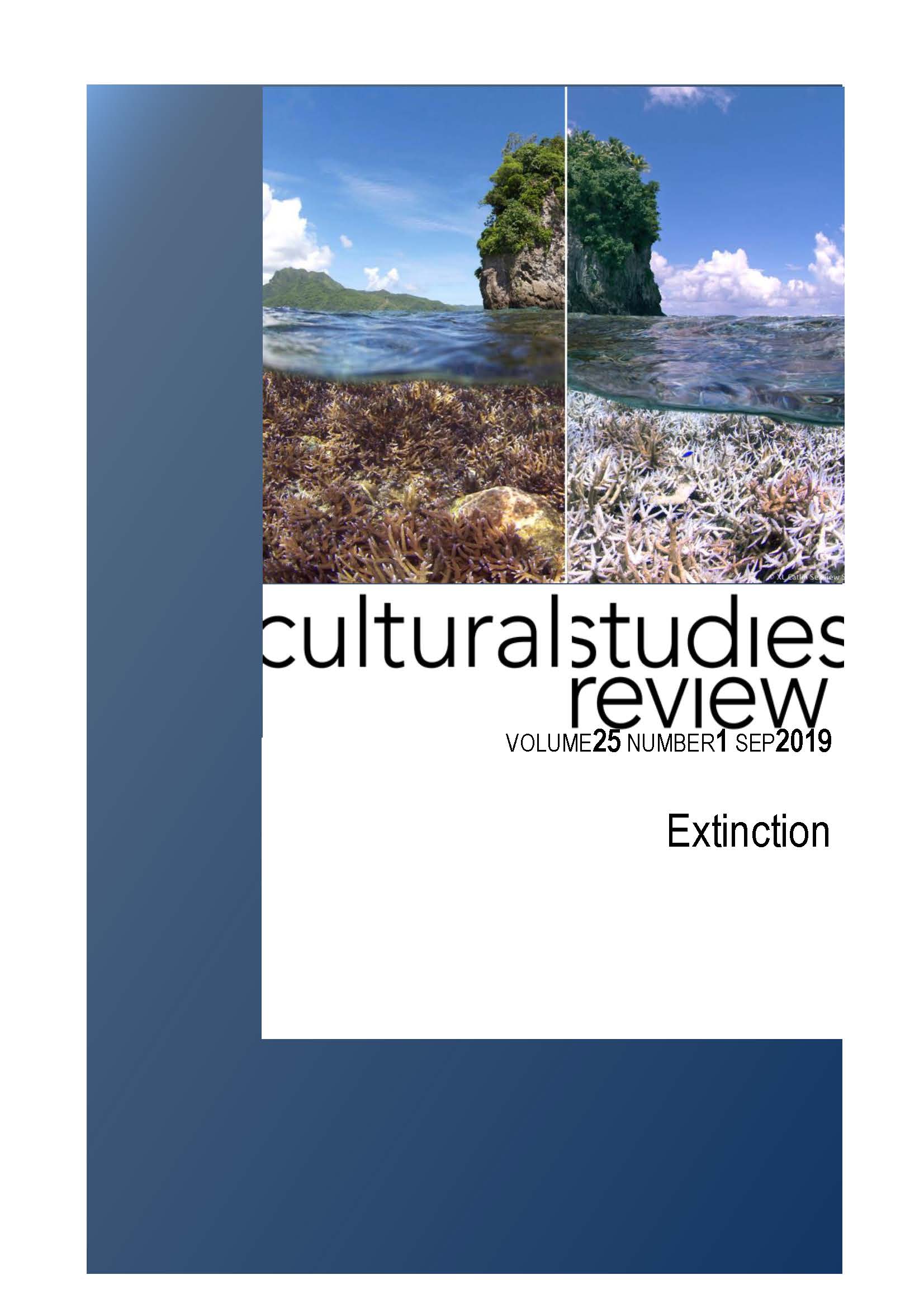Inundation, Extinction and Lacustrine Lives
Main Article Content
Abstract
In 1972 Lake Pedder in south-west Tasmania was submerged under 15 metres of water as a result of the Tasmanian State Government’s Middle Gordon Hydro-electric Power Scheme. The lake was subsumed into a much larger artificial impoundment formed by three rockfill dams, making it the largest freshwater lake in Australia. The Tasmanian government transferred the name Lake Pedder to the new impoundment. Three species endemic to the original Lake Pedder were recorded as extinct as a consequence of the lake’s flooding. The Lake Pedder planarian, a species of carnivorous flatworm, the Lake Pedder earthworm, and the Pedder galaxias, a small freshwater fish, disappeared from the lake area after the inundation of this unique habitat, the site of a number of ecologically valuable faunal communities. The divergent fates of these animals, their status as lost species and their significance as creatures both meaningful and meaning-making, marks out an extinction matrix suggesting that the absence of specific animals and specific experiences and ways of life matter more than others, that specific deaths can be more readily incorporated into stories of loss and restoration, and that the perceived malleability of habitats invariably involves death inscribed as sacrifice or justifiable casualties. This paper seeks to retrieve some of the perspectives and experiences forgotten or written over in the lake’s stories of flooding and redemption.
Article Details
Section
Authors who publish with this journal agree to the following terms:
a) Authors retain copyright and grant the journal right of first publication with the work simultaneously licensed undera Creative Commons Attribution License that allows others to share and adapt the work with an acknowledgement of the work's authorship and initial publication in this journal.
b) Authors are able to enter into separate, additional contractual arrangements for the non-exclusive distribution of the journal's published version of the work (e.g., post it to an institutional repository or publish it in a book), with an acknowledgement of its initial publication in this journal.
c) Authors are permitted and encouraged to post their work online (e.g., in institutional repositories or on their website) prior to and during the submission process, as it can lead to productive exchanges, as well as earlier and greater citation of published work (See The Open Access Citation Advantage Service). Where authors include such a work in an institutional repository or on their website (ie. a copy of a work which has been published in a UTS ePRESS journal, or a pre-print or post-print version of that work), we request that they include a statement that acknowledges the UTS ePRESS publication including the name of the journal, the volume number and a web-link to the journal item.
d) Authors should be aware that the Creative Commons Attribution (CC-BY) License permits readers to share (copy and redistribute the work in any medium or format) and adapt (remix, transform, and build upon the work) for any purpose, even commercially, provided they also give appropriate credit to the work, provide a link to the license, and indicate if changes were made. They may do these things in any reasonable manner, but not in any way that suggests you or your publisher endorses their use.
